History and Foundations of Artificial Intelligence in Art and Architecture
Author : Mahyar Arab Bourbour Publisher: Azarfar Publishing
Year of Publication: 2024 Number of Pages: 307, Illustrated
Book Introduction:
This book offers a comprehensive exploration of the role and impact of artificial intelligence (AI) in the two complex and creative fields of art and architecture. It stands as one of the first specialized works published in Persian that addresses the interaction between art, architecture, and AI. This makes it a valuable guide for architects, artists, and IT researchers. The content is structured across multiple chapters, providing a broad view of AI’s history, concepts, and applications, helping readers gain a deeper understanding of the role this technology plays in art and architecture. The author uses real-life examples and various case studies to demonstrate how AI influences creative processes and highlights its importance for artists and architects.
Designed specifically for students and professionals in art and architecture, this book introduces modern concepts and how AI can be used in these fields. It examines the role of AI in architecture and art and its interaction with human creativity. Topics like artificial imagination, cyborg culture, and extended intelligence illustrate how AI can serve as a creative tool in design and art. Additionally, it discusses the impact of AI in areas such as expert systems and deep learning to better understand the capabilities and limitations of this technology.
The history of AI, from Alan Turing to significant achievements such as Deep Blue and AlphaGo, demonstrates how this technology has evolved from a theoretical concept to a practical tool. Examining AI’s role in society also helps to understand its social and cultural impacts. The book defines AI, explains teaching techniques, neural networks, and advanced techniques like CNNs and GANs, showcasing how AI can contribute to artistic creation and innovation. It further explores AI’s role in art and design, particularly in the early stages of architectural design. Finally, the book discusses enhanced intuition, idea encoding, AI applications in early design stages, robotic construction, and the emergence of architectural AI, helping us understand this technology’s role in architecture and design.
Above all, the book aims to bridge the gap between AI research and architectural practice, promoting meaningful exchange between these two fields and supporting the development of technology for the benefit of architects.
